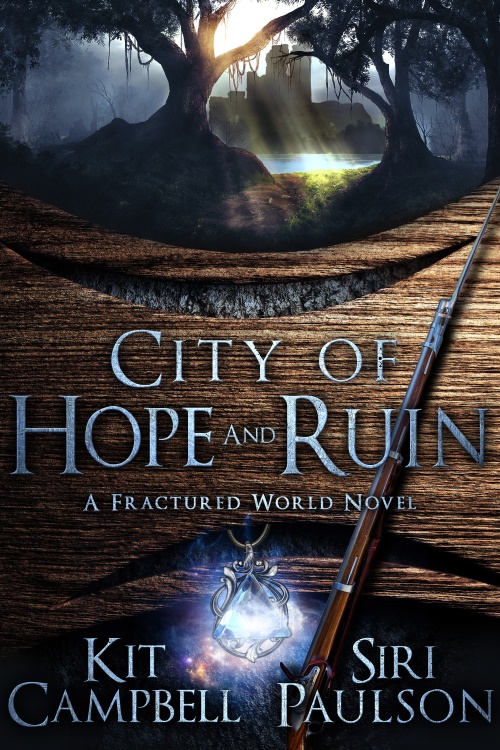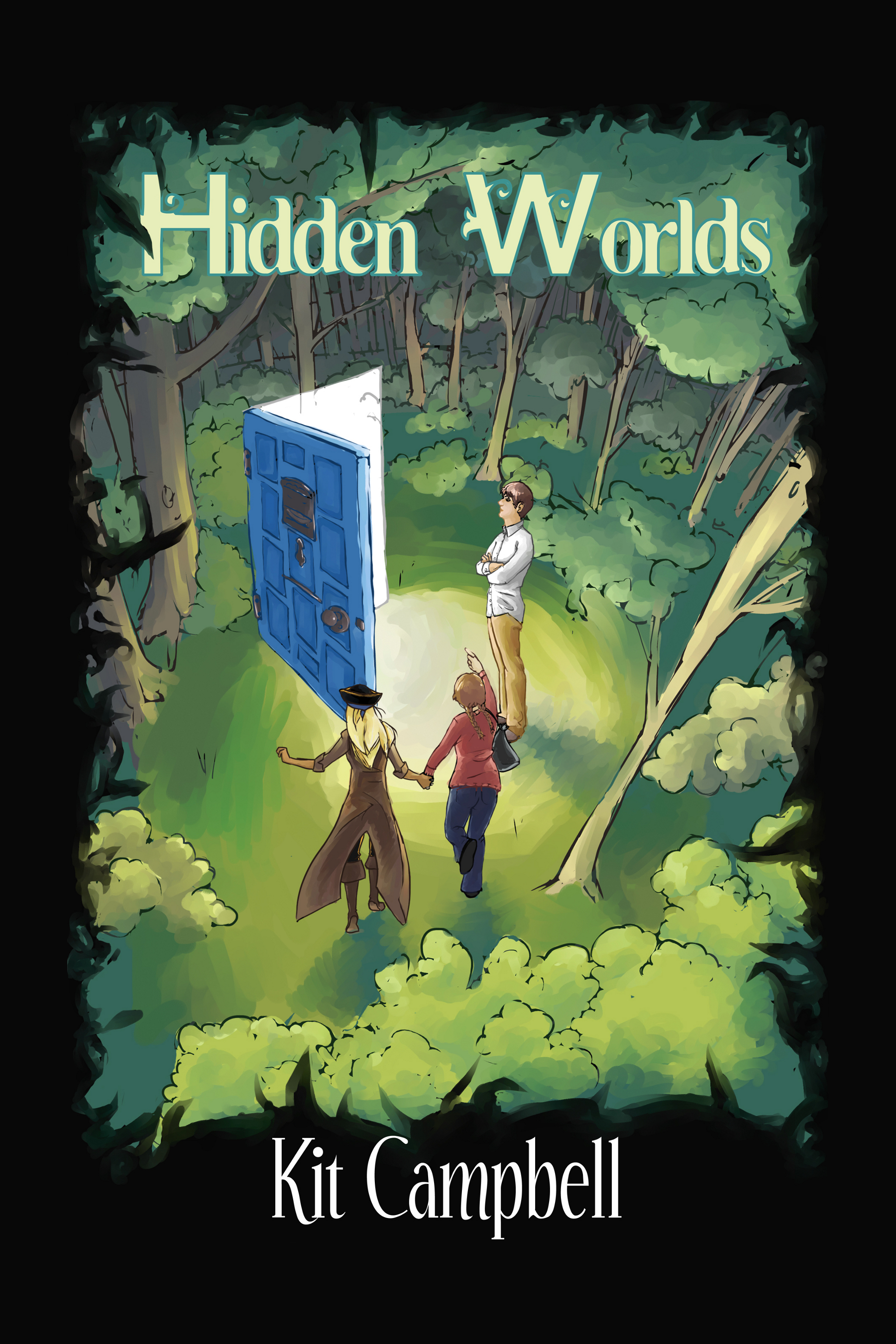Good afternoon, squiders! Or at least we shall pretend.
Today we’re going to look at strategies for people attending college full-time. This assumes you are carrying a full course load of 12-16 credit hours a semester. College students are notoriously busy, and college schedules tend toward inconsistency for a ton of different reasons. (Classes may be scheduled for multiple days a week but only meet one, outside meetings with teammates may need to happen on a regular basis–or a non-regular one, certain projects may require extra time, etc.)
Between classes, sports, extracurriculars such as clubs or professional organizations, student government, what have you, it can seem like you don’t have any extra time to squeeze out. And in the case of complete transparency, some semesters you might not have a lot of free time. The important to remember is to set reasonable expectations for yourself.
But going to college full-time does have something going for it that actually makes it easier to build in writing time.
You’re on campus all day long.
Most college students’ schedules look something like this:
First class – 9-10:30 am (Physics Building)
Second class – 12:30-1:30 pm (English Building)
Third class – 2-4 pm (Math Building)
Evening Seminar – 6-9 pm (English Building again)
There’s a lot going on there (7.5 hours of class, yikes!), but there’s also a lot of sitting around and waiting. And, in this case, small breaks are your friends.
That 2-hour break between your first and second class? That’s a long break. That’s long enough that you can schedule a meeting with your project group, or head to office hours to get help on your homework. You can get lunch. You can go to the gym. You could go home, if you live on or close to campus. Long breaks are times to plan to specific things done in.
But that half an hour between your second and third class? Some of that will be travel time, depending on how close together the buildings are. (Or maybe your major has the majority of its classes in a single building, and you don’t have to worry about it.) But the other twenty minutes or so? A lot of time it gets wasted, because it’s not long enough to “do” something.
Which makes it perfect writing time.
10-30 minutes breaks are actually ideal for a number of reasons.
- You’re unlikely to schedule something else in this time, unless it’s especially urgent.
- The short time period can serve as incentive to buckle down and get to work, as you know you don’t have much time.
- They add up over time.
Even if you only write 300 words a day, that’s 109,500 words in a year. That’s more than a novel for most genres. That’s a 2000-word short story every week.
As we discussed in the general tips section, it’s important to always have writing tools with you, especially if you’re not sure when exactly you’re going to writing. This is easier in college because you’ll tend to have notebooks/laptops/etc. with you for your schoolwork anyway.
Aside from short breaks, there may be other times that trend toward being good for writing, such as when no one else is around (if you’re on campus earlier or later than most people). Exceptionally long breaks (4+ hours) can also be good, because you can accomplish some school related stuff and still put aside some time for writing. I would argue that it’s good to occasionally break up school work and activities with activities like writing, because it helps you give your brain a break.
It can also be useful to identify one or a few places on campus that are always open to you to hang out in. The library, or a lounge or lobby, a coffee shop or cafeteria, club offices–something along those lines. Somewhere where you can duck in and work whenever the fancy hits you. Ideally somewhere close to a majority of your classes.
You can also write in your classrooms while waiting for class to start, if you get there early. For obvious reasons, I do not condone writing during class.
Any other tips you’d recommend for college students, squiders?



